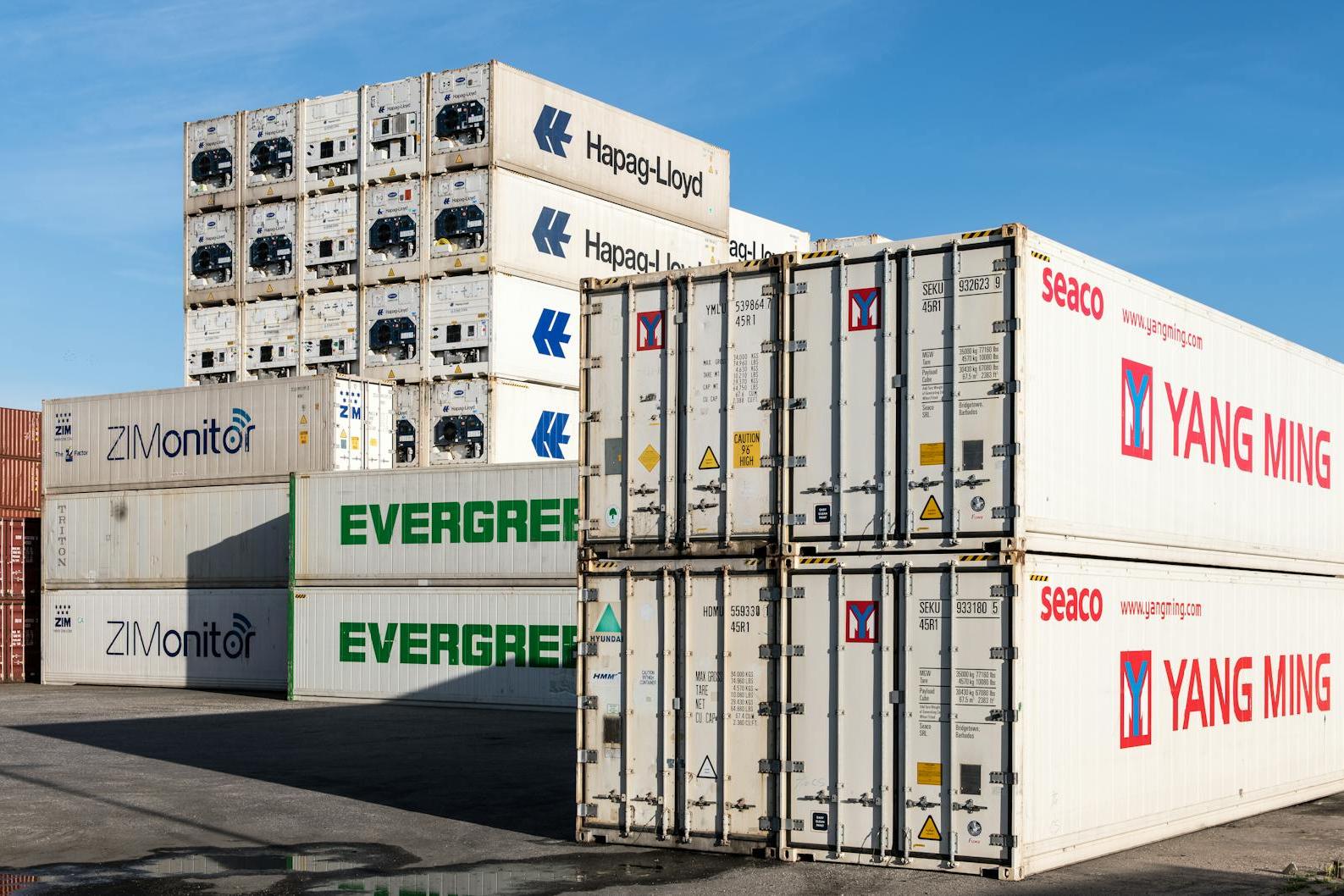
I. ExportCustoms clearanceWhat is the Basic Process of...?
According to international trade practices, the customs clearance process for professional export shipping agents can be divided intoFour core stages:
- Pre-declaration phase (72 hours prior to cargo shipment):
- Please verify the HS code (the 2025 new edition has added a classification for artificial intelligence products).
- Prepare basic documents such as proforma invoice, packing list, and contract.
- Customs declaration stage:
- Submit electronic data through the Single Window system.
- Payment of Customs Duty Deposit (Applicable to Specific Trade Modes)
- Customs inspection phase (approximately 15% of goods require physical inspection):
- Coordinate inspection site reservation
- On-site coordination with customs for container inspection
- Post-release management:
- IssuanceExport tax refundForeign exchange receipt and payment declaration form
- Subsequent Handling of Exception Declarations
2. What key documents are required for customs clearance?
In 2025, the General Administration of Customs has strengthenedDocument Logic Verification MechanismSpecial attention should be paid to:
- Basic documents:
- Commercial Invoice (must indicate trade terms such as FOB/CIF)
- Packing List (must specify dimensions of each individual packaging unit)
- Special Documents:
- Certificate of Origin (Separate remarks required for preferential treatment under the RCEP Agreement)
- Quality certification (EU CE marking requires 2025 version certification code)
- Logistics documents:
- Ocean Bill of Lading/Air Waybill (must match the declared mode of transportation)
- Dangerous Goods Transport Certificate (UN38.3 Test Report validity period shortened to 1 year)
III. How to Avoid Common Customs Clearance Delays?
According to customs statistics for the first half of 2025, the main causes of delays include:
- Contradictory declaration information:
- A deviation in declared goods value exceeding ±5% will trigger a review.
- The product material description does not match the HS code.
- Sensitive Cargo Handling:
- Products containing lithium batteries require separate registration.
- Chemical products require prior application for non-hazardous identification.
- Suggested response:
- Create a product database (includingClassification of CustomsLogic)
- Adopt pre-classification services (which can reduce the inspection probability by 50%).
IV. What essential expenses are included in customs clearance fees?
The fee schedule for professional representation should include:
- Basic service fee:
- Customs declaration form entry fee (150-300 yuan per bill)
- Document Processing Fee (including document review and system integration)
- Inspection fee: Charged according to the actual occurrence (the inspection rate has dropped to 3.2% in 2025)
- Customs Inspection Fee (charged based on actual working hours starting from 2025)
- Port area handling fee (differences between terminals can reach up to 30%)
- Extended Services:
- AEO Certification Guidance (Inspection rate for Advanced Certified Enterprises is only 3%)
- Handling of Classification Disputes (Including Representation in Administrative Reconsideration)
5. How to Choose a Reliable Customs Clearance Service Provider?
Proposal to passTriple certification systemScreening:
- Qualification review:
- Check the customs registration number (verifiable via the Single Window).
- Purchase professional liability insurance (with a coverage amount of no less than 5 million yuan).
- Proficiency Testing:
- Special Cargo Handling Cases (e.g., Lithium Batteries/Food Customs Clearance Records)
- Information system integration capability (supporting direct ERP connection for declaration)
- Service Evaluation:
- Emergency response speed (commitment to on-site handling within 2 hours required)
- Data Confidentiality Agreement (Compliant with Customs AEO Certification Standards)


 Follow Customer Service WeChat
Follow Customer Service WeChat